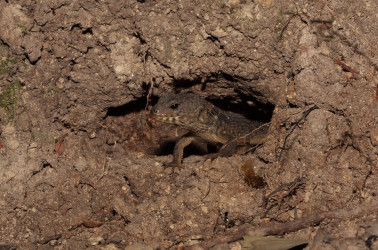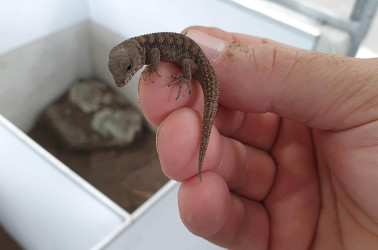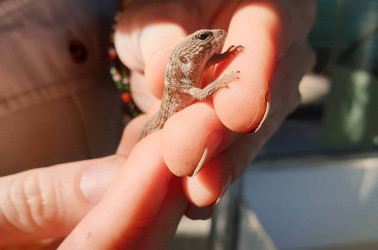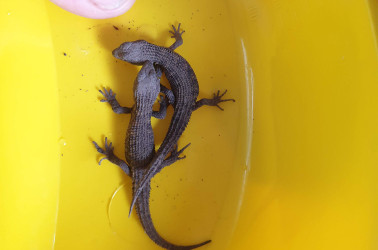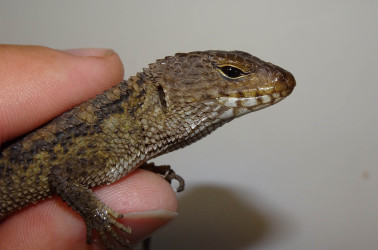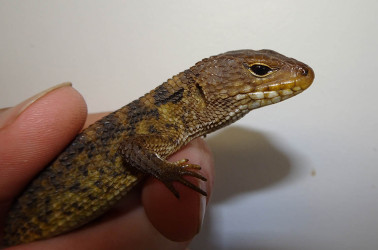Nangur Spiny Skinks are known only from two locations in southeast Queensland, occurring in semi-evergreen vine thicket and vine forest. One population has fewer than 50 skinks left.
At the times the two populations were discovered – in 1992 and 1997 – there was significant excitement that a skink so morphologically distinct had remained undiscovered for so long.









